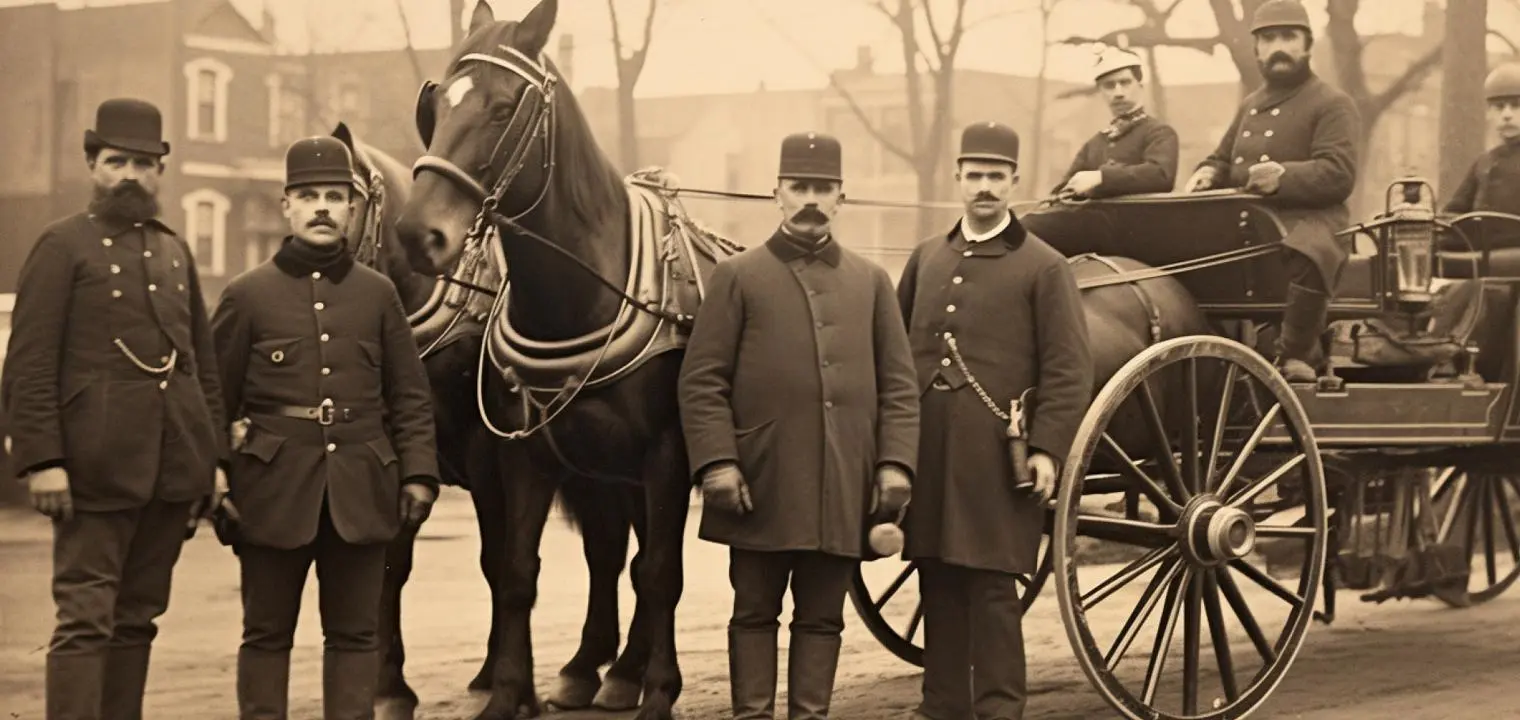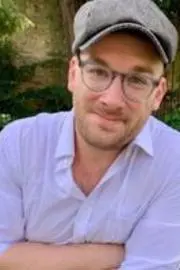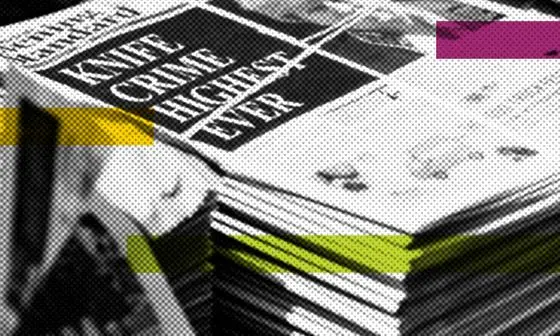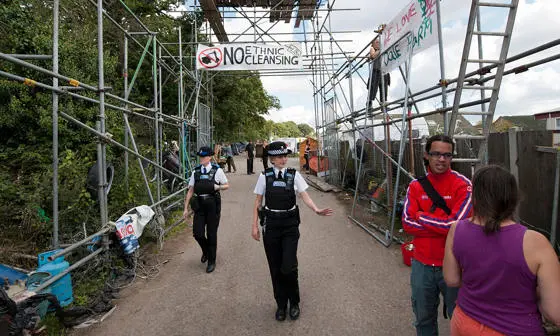Policing in an age of uncertainty: New York and Chicago 1877-1923

Contents
"Part of what makes governing liberal democracies so challenging is that people with different interests disagree about what they want public service institutions to do," begins Dr Johann Koehler, Assistant Professor in LSE’s Department of Social Policy.
At some points in time, those disagreements have seemed more acute than others. The digitisation of a vast quantity of historic police records has provided Dr Koehler and his colleague, Dr Tony Cheng, with an opportunity to study one such period in depth:
"We recently gained access to a treasure trove of US police annual reports, dating from 1877 to 1923 – a moment of huge shifts in society. These reports reveal a great deal about how police departments in two major US cities chose to document, and shape, their own propriety and purpose against a backdrop of social uncertainty."
Odd though it might seem in the 21st century, the police haven’t always been expected to play a prominent role in daily urban life.
Progressivism and the beginnings of modern policing
In the late 19th century, rapid industrialisation, urbanisation and mass migration swept through the US. New York and Chicago welcomed the economic boom that accompanied those shifts, but policy makers and the public alike worried about the ensuing high mortality rates, political corruption, poverty, and outbreaks of crime and disease.
"At this time, a powerful political conscience began to develop," explains Dr Koehler. "Social activists, reformers and policy makers started to see many of these problems as preventable, and to believe that the solutions lay in judiciously applied state interventions."
This wave of social activism and political reform became known as Progressivism. Leading lights on both sides of the Atlantic dedicated themselves to the principles of social sciences, and established institutions committed to developing and refining interventions that promised the betterment of society – LSE itself was borne from this same movement.
Progressives also spurred the push to professionalise, bureaucratise, standardise, and centralise power in public institutions: "The production of annual reports over the period has allowed us to trace, in both the Chicago and New York Police Departments, the effort to deliver on Progressivism’s promises," describes Dr Koehler.
"Yet this was also a period of instability, and there were competing views about what form this delivery would take. Odd though it might seem in the 21st century, the police haven’t always been expected to play a prominent role in daily urban life. The reports evidence how the police departments in both cities made the case that they should do so."
First, [the police] identified social problems that warranted intervention. Second, they authorised themselves as the institutions best placed to intervene.
Identification and authorisation
According to the research, both police departments employed two key strategies in the establishment of their mandate:
"First, they identified social problems that warranted intervention. Second, they authorised themselves as the institutions best placed to intervene."
Narratives and tables contained in each report document the problems both police departments identified. The reports celebrate police warnings issued to homeowners to tend their lawns, and to stable hands to re-shoe their horses, as proudly as they describe the management of vagrancy, prostitution, and intemperance, or even their handling of the most serious crimes of murder and theft.
"The reports legitimate state intrusion that extended far beyond what might have been accepted not long before," Dr Koehler notes.
Interestingly, the two departments diverge in how they made sense of the threat that public unrest posed. Where the Chicago Police Department attributed these threats in large part to organised labour agitations, the New York Police Department focused its attention on international immigration through the city's ports.
"Those different hotbeds of concern gave rise, in turn, to the Chicago Police Department prioritising the preservation of commercial tranquillity, and the New York Police Department prioritising preservation of ethnonational control, through whatever means they deemed appropriate".
As both departments authorised themselves to deal with the concerns they had identified, the annual reports evidence how they assumed the right to request and enforce policy changes. In a penal field that was still taking shape, the police petitioned stakeholders and received investments to expand their powers.
Settling institutional uncertainty
This new research suggests that, in a period of widespread uncertainty around the structures of society, the police played a large part in setting the bounds of their own power through processes of identification and authorisation.
"Historically, this was an interesting period in the development of the modern US penal system. There is a great deal of value in coming to appreciate the circumstances surrounding the establishment of institutions, like the police, that many people now take for granted," reflects Dr Koehler.
"And I am interested in how we come to think of our institutions today – what do we want and expect from them? In remembering that they were constructed both relatively recently, and also as a product of their time, perhaps we might keep an open mind in how we shape our institutions today."
Johann Koehler was speaking to Molly Rhead, Media Relations Officer at LSE.
Download a PDF version of this article




